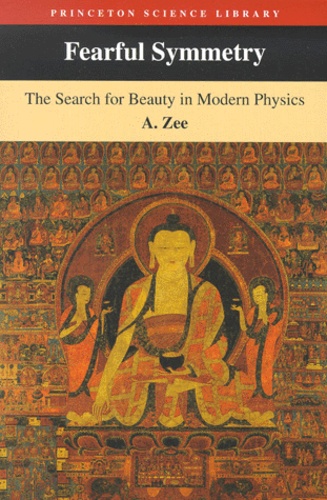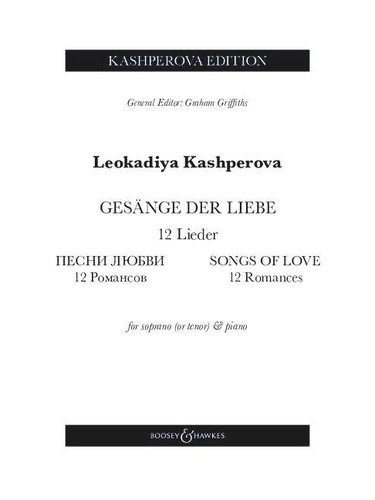Exploration archéologique de Délos. Tome 46, L'Artémision Tome I, L'histoire des fouilles et le temple hellénistique
Le principal sanctuaire d'Artémis de Délos est associé à celui d'Apollon. Th. Homolle y entreprit des fouilles en 1878 mettant au jour deux temples imbriqués, un autel, un portique coudé et un ensemble de sculptures archaïques comprenant plusieurs korès. Ses travaux furent poursuivis par F. Courby, qui comprit que le temple archaïque était conservé dans le temple hellénistique, et par R. Vallois, qui fut le premier à définir les limites de l'Artémision et à en écarter l'édifice dans lequel fut par la suite reconnu le Pythion. Il découvrit dans le pronaos du temple hellénistique un mobilier exceptionnel daté entre l'époque mycénienne et la seconde moitié du VIIIe s. Les grandes étapes de cette exploration de l'Artémision, qui s'est poursuivie jusqu'à nos jours, sont retracées dans la première partie de l'ouvrage, qui contient aussi le corpus des testimonia littéraires et épigraphiques relatifs au sanctuaire et une présentation de toutes ses composantes. La seconde partie est consacrée au temple hellénistique. Elle commence par une description des fondations et de l'euthyntéria conservées en place et se poursuit par celle des vestiges erratiques qui peuvent être restitués à l'élévation. La krépis, le toichobate, les colonnes, les antes, les murs, l'entablement, les frontons et la couverture sont successivement présentés. Leur analyse fonde la restitution du monument, un édifice hexastyle prostyle ionique dont toute l'élévation était en marbre cycladique. L'intérieur du naos était sans doute orné de colonnes engagées. La construction, qui s'est principalement déroulée entre 190 et 180, fut compliquée à la fois par l'existence de monuments jouxtant le nouveau temple et par la volonté de conserver intact, pendant la première phase du chantier, le naos du temple archaïque, englobé dans la construction hellénistique. L'édifice s'inscrit à la fois dans la lignée des temples athéniens ioniques prostyles hexastyles et dans la koinè hellénistique qui, sans être uniforme, prend le pas au début du IIe s. sur les spécificités du style développé par les Déliens de la fin du IVe et à la fin du IIIe s. av. J. -C. The main sanctuary of Artemis at Delos is associated with that of Apollo. In 1878, Th. Homolle undertook excavations there, unearthing two overlapping temples, an altar, an L-shaped portico and a collection of ancient sculptures including a number of korai. Homolle's work was carried on by F. Courby, who understood that the ancient temple was preserved within the Hellenistic temple, and by R. Vallois, who was the first to outline the boundaries of the Artemision, and to rule out the edifice which was later identified as the Pythion. R. Vallois also discovered exceptional material that dates from between the Mycenian era and the second half of the 8th century in the Hellenistic Temple's Pronaos. This book describes the main phases of the exploration of the Artemision, which continues today, and also contains the corpus of the literary and epigraphic testimonia related to the sanctuary, as well as a presentation of all of its components. The second part is devoted to the Hellenistic Temple. It begins with a description of the foundations and the euthynteria that remain in place, and goes on to describe the various remains that can be attributed to the elevation. The crepidoma, the toichobate, the columns, the antae, the walls, the entablature, the pediments and the roof are all presented one after the other. Their analysis forms the basis for the restitution of the monument, a hexastyle, prostyle, ionic edifice that was built in Cycladic marble. The interior of the naos was most likely decorated with engaged columns. The construction process, which took place mainly between 190 and 180 BC, was hampered by the monuments that adjoined the new temple and by the attempts, during the first phase of the construction process, to preserve the naos of the ancient temple, incorporated into the Hellenistic building. The edifice is very much in line with the Athenian ionic, prostyle, hexastyle temples and the koinè Hellenistic style that emerged at the start of the 2nd century, and to a certain extent, took over from the specific style developed by the Delians that emerged at the end of the 4th and went on until the end of the 3rd century BC.
12/2021










